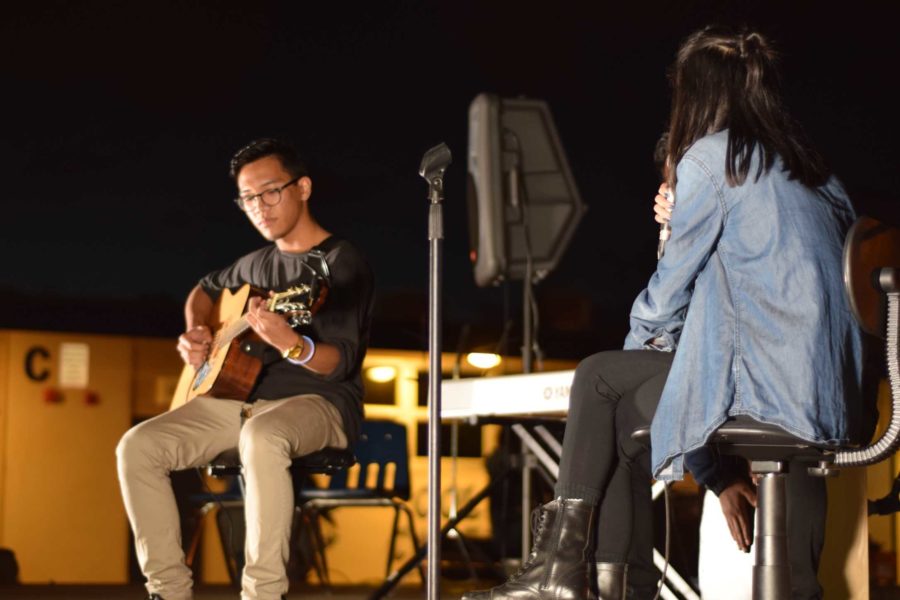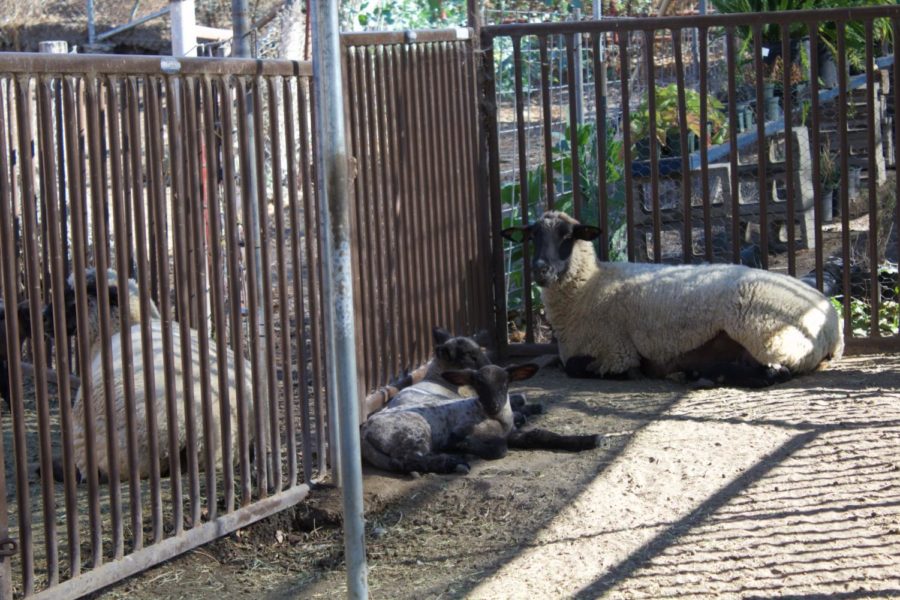With the Shear Force of Hard Work the Ag Program Prospers
The Agricultural Program at Cam High continues to add on to a growing livestock population, as five new lambs were born in the month of Dec. The lambs will be sold to provide funds for future breeding and current livestock care in order to keep the program running smoothly. As of Dec., the Agricultural Program has five ewes (female sheep) that are used for breeding and cared for by students in the program.
Since the founding of Cam High, the Ag Program has been in place—fully stocked with livestock and bare resources, such as blankets, harnesses, feed, etc. needed to sustain the lives of the animals. Funds are accumulated through the sales of animals bred by the school (born and cared for with the budget of Cam High). This is a necessary process to ensure the smooth continuation of the program, as animals require expensive feed. One bale of hay can range from 15 to 22 dollars (depending on the season) and lasts for about two to three days.
Students enrolled in the program are trusted with the care of their own animal(s), which assists in their developing their responsibility. These students invest around two hours of their time each day walking, feeding, and performing the general necessary care. There are no parameters around the grade level in which students can purchase and invest in their own livestock. Often times, younger siblings (of students in the program) that have assisted in the care of livestock will be admitted into the program as early as eighth grade.
“Taking care of [your own] animal in Ag teaches skills that are extremely important and can be used in a career later in life, like determination and responsibility. I have really learned a lot and am looking forward to continuing [in the program] throughout high school,” said sophomore Collin Meyring, now in his second year of Agriculture.
The general process for taking care of an animal begins with the student making an initial payment used to buy the preferred livestock. If students cannot afford the initial payment, they can ask for sponsors, apply for a loan with the Farm Service Agency or, for smaller animals, the National Future Farmers of America will pay and ask for reimbursment when the animal is sold.
After the payment, students are then in charge of keeping track of all purchases made for their animal in a record book. At the Ventura County Fair, students can enter their record books in competitions to earn additional prize money. Eventually, the animals are bid on and paid for by the pound, leaving students with funds to save for college or use again for the following year.
“Fair is generally the most exciting part just because everyone has been working so hard for it and even if [it is your first time], it doesn’t feel like it, everyone is a family there,” said Vice President of the academy, Sarah Roseglenn.
While it is assumed that students only focus on purely agriculture, the program teaches small doses of other information. With recently purchased genetically superior sheep and an ultrasound machine, along with other technology, students can become knowledgeable in a wide range of subjects. “Ag, in general, is a huge industry, anything that you can do outside of Ag, like engineering, a doctor, mechanics, you name it, you can do it within agriculture,” said Mr. Sam Swanson, Agriculture teacher.
For the future, Agriculture plans on purchasing chickens, steers, pigs, and additional sheep for students to care for and potentially use in future breeding.
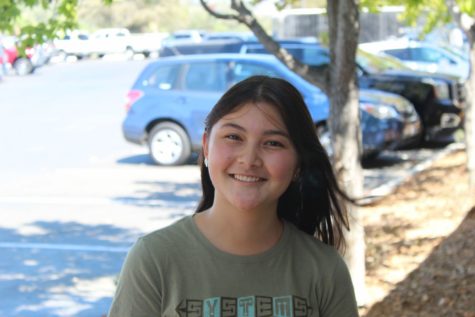
Hello, my name is Marcella and I am a senior here at Cam High. As this year's Editor in Chief of the Stinger, I'd like to welcome you to our site. I'm...

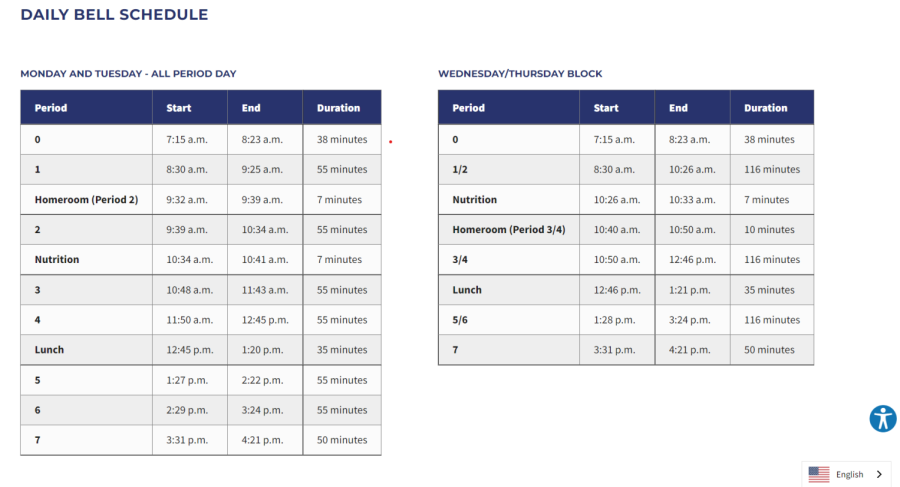
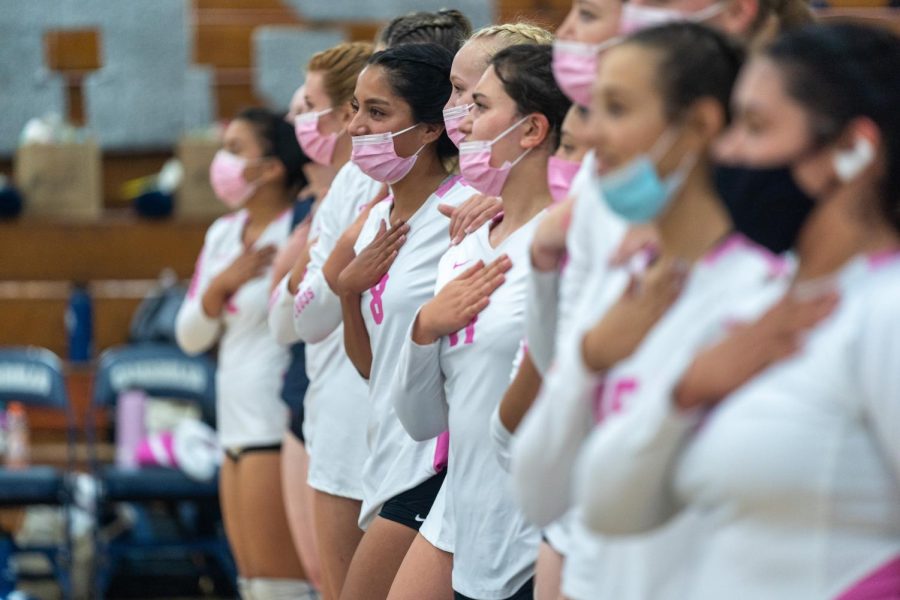
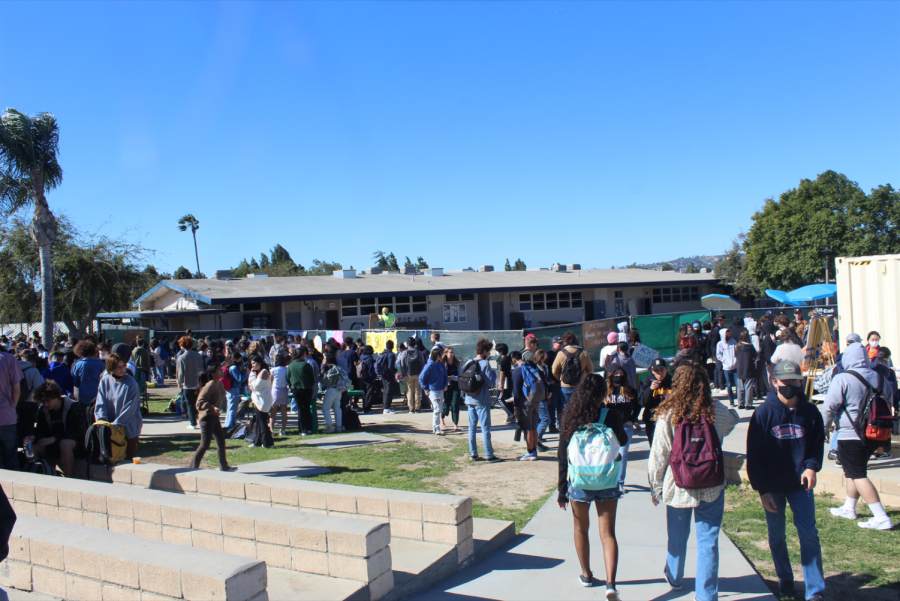















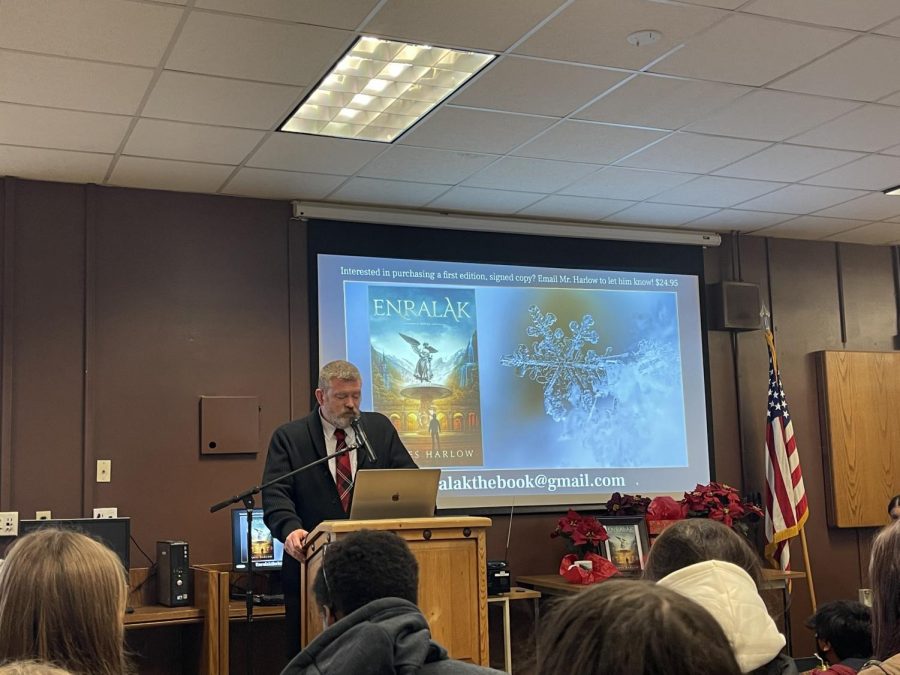


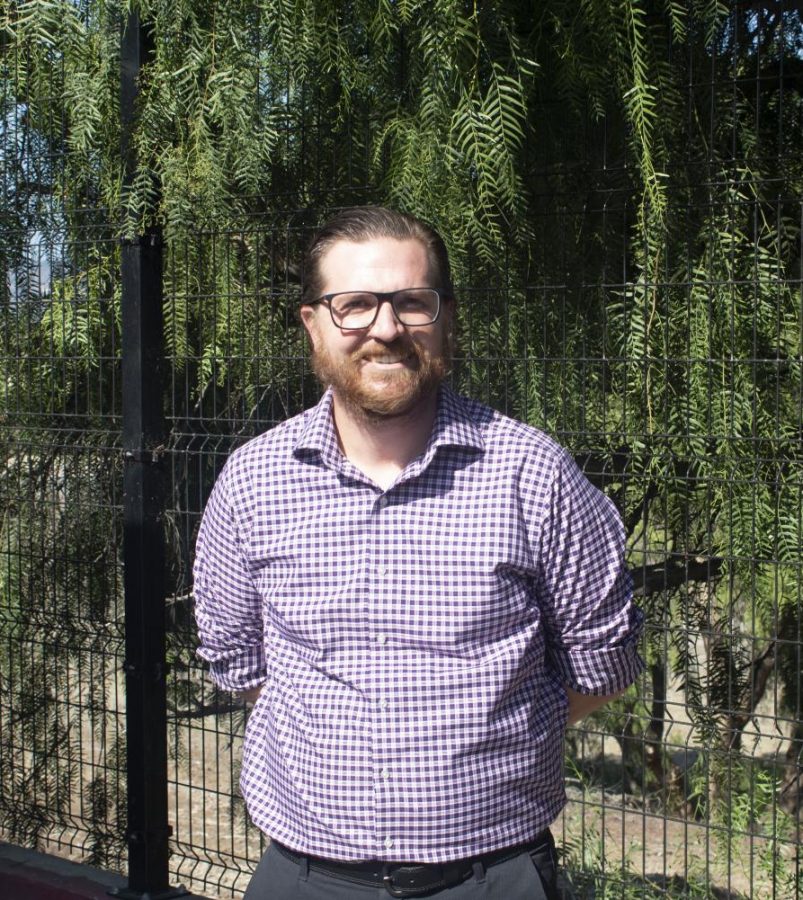

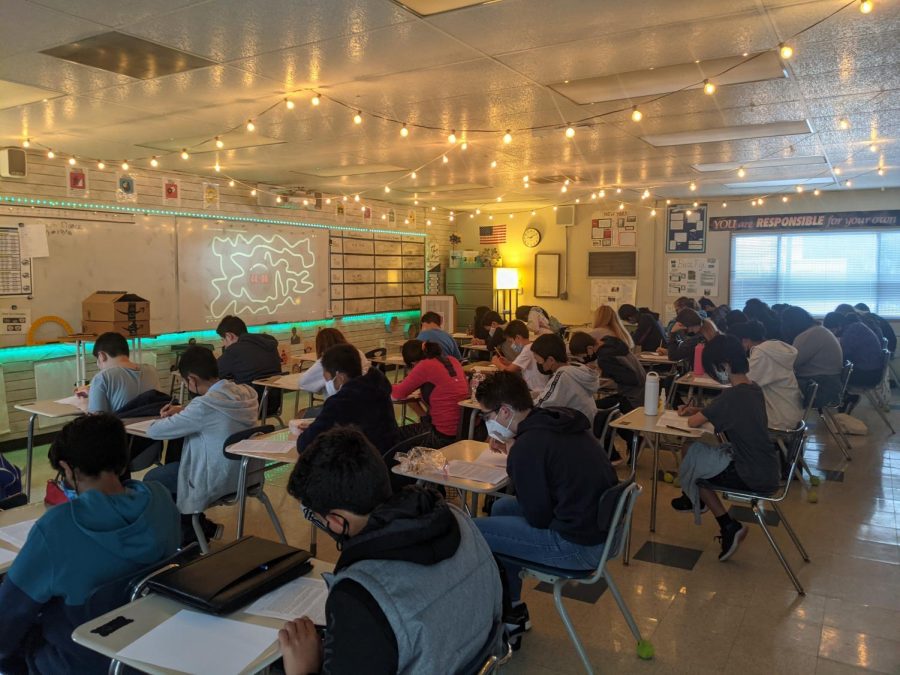








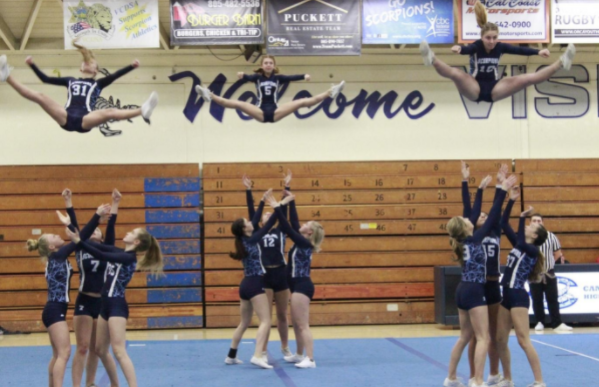


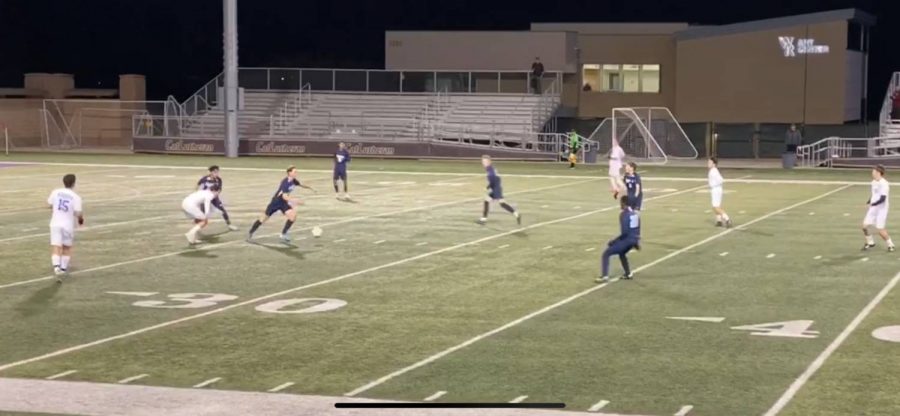

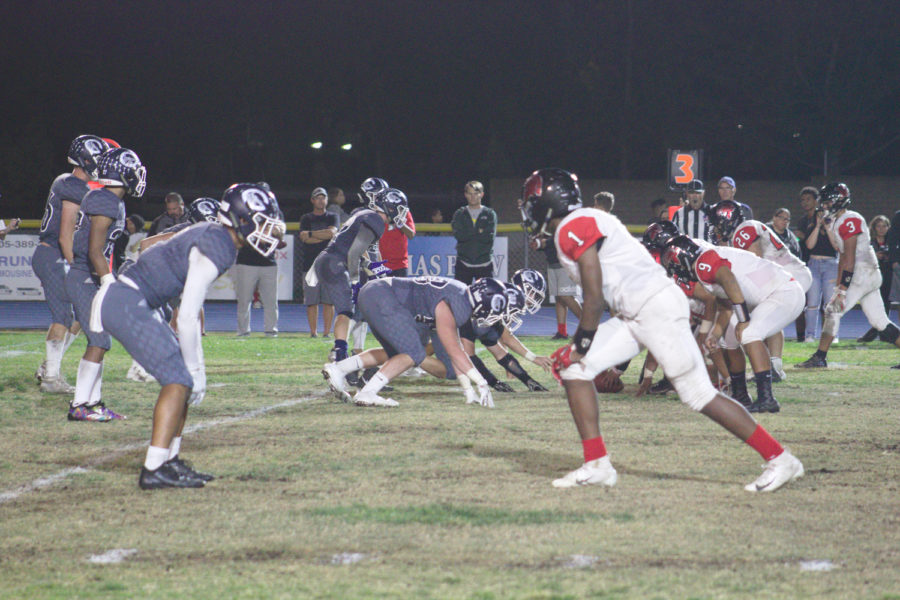





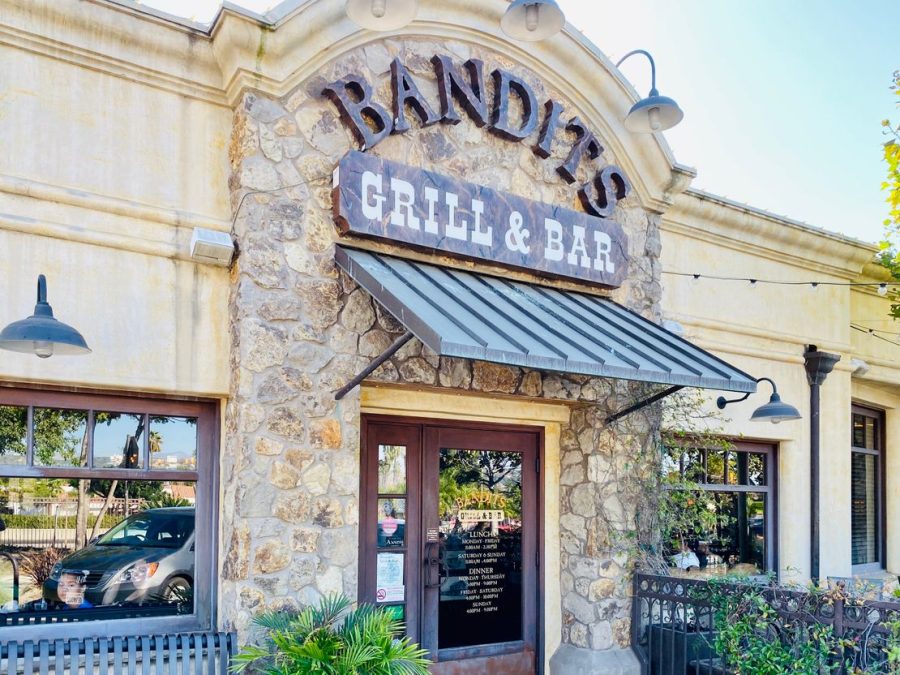

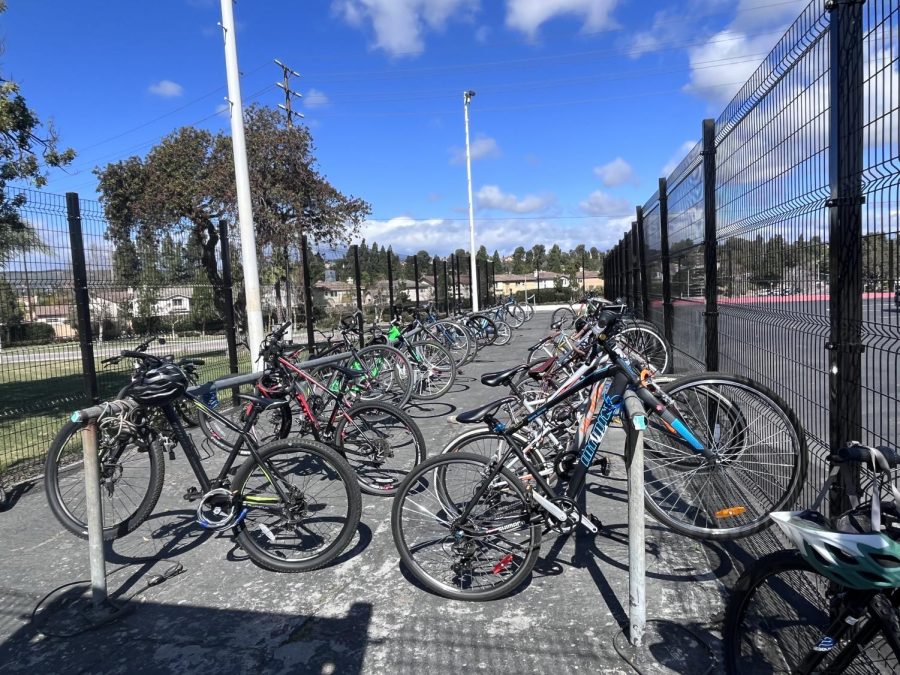
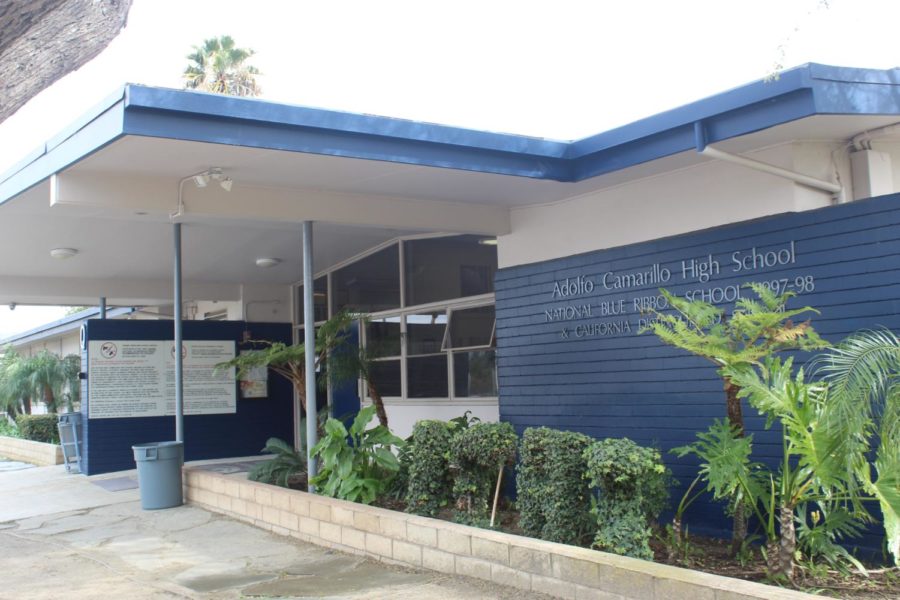


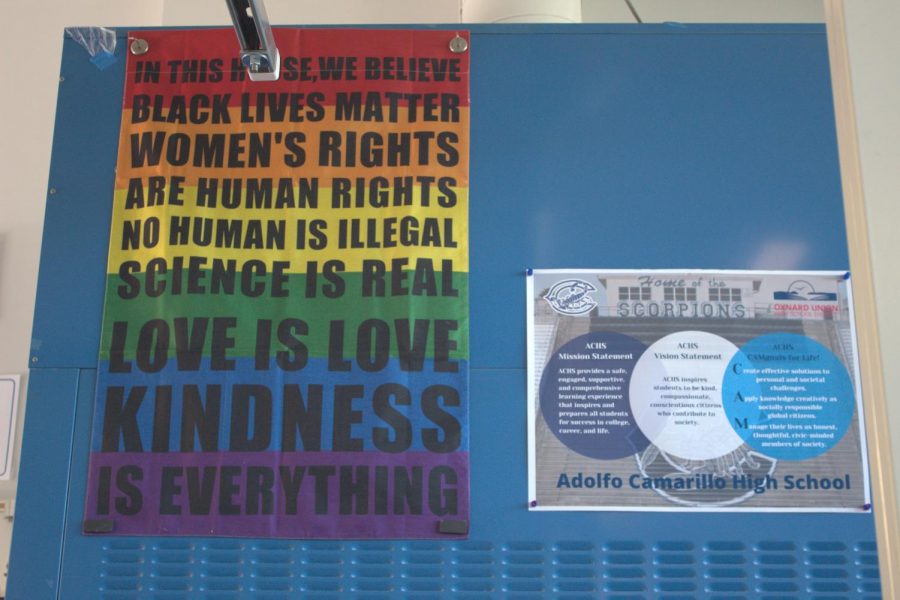
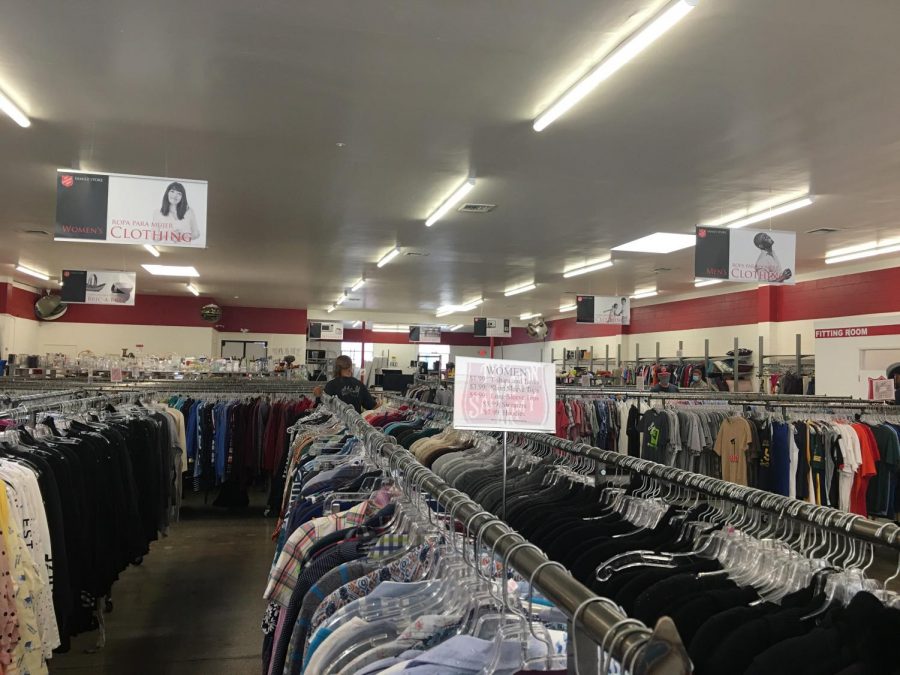










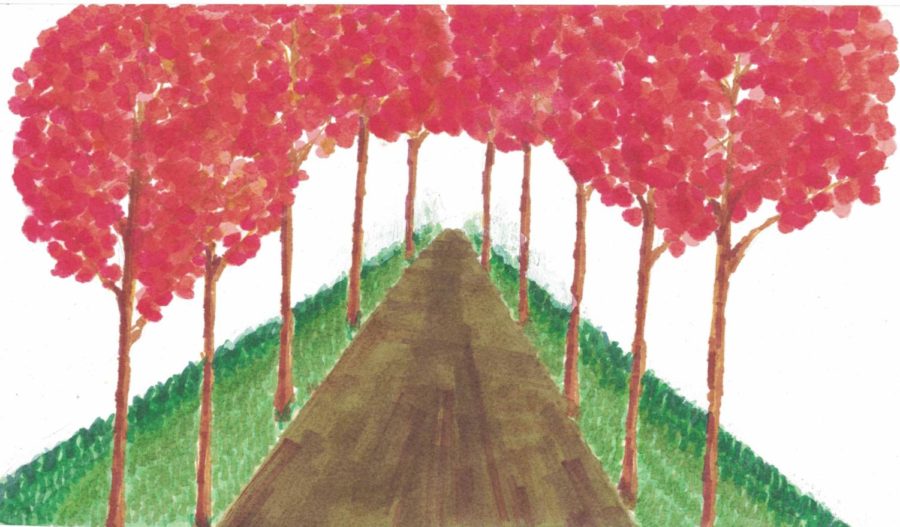



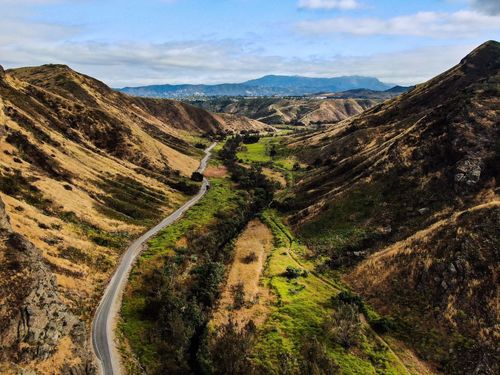
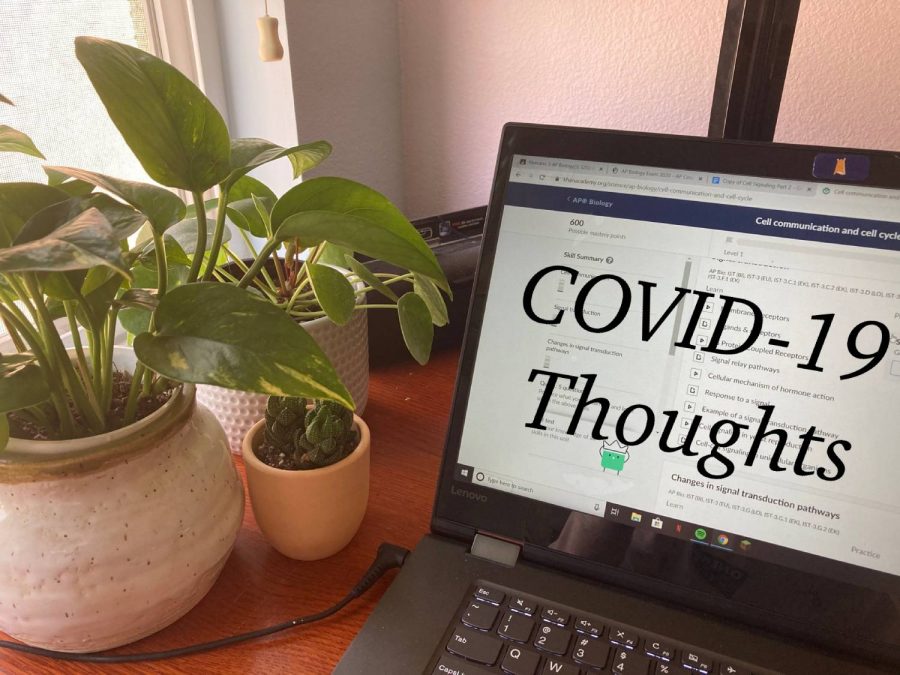

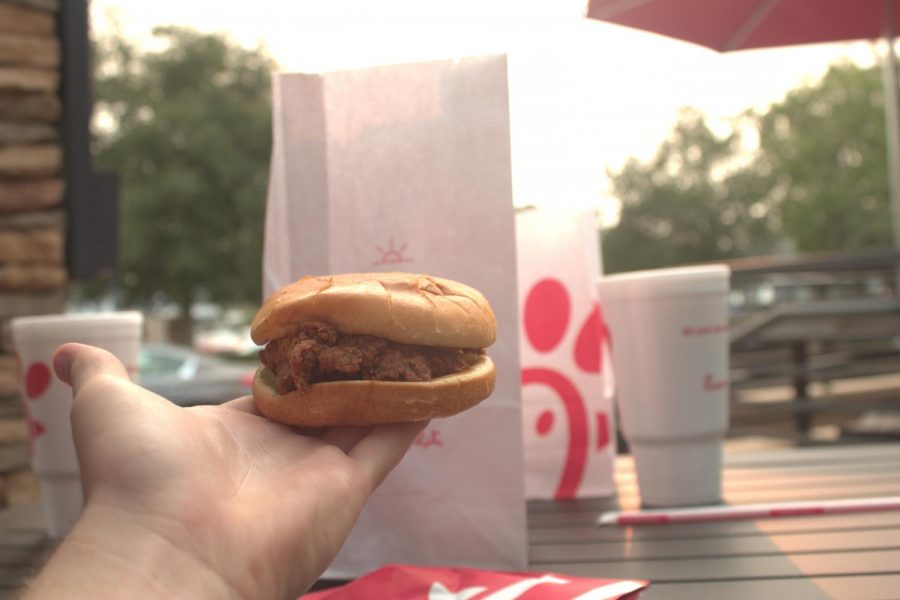
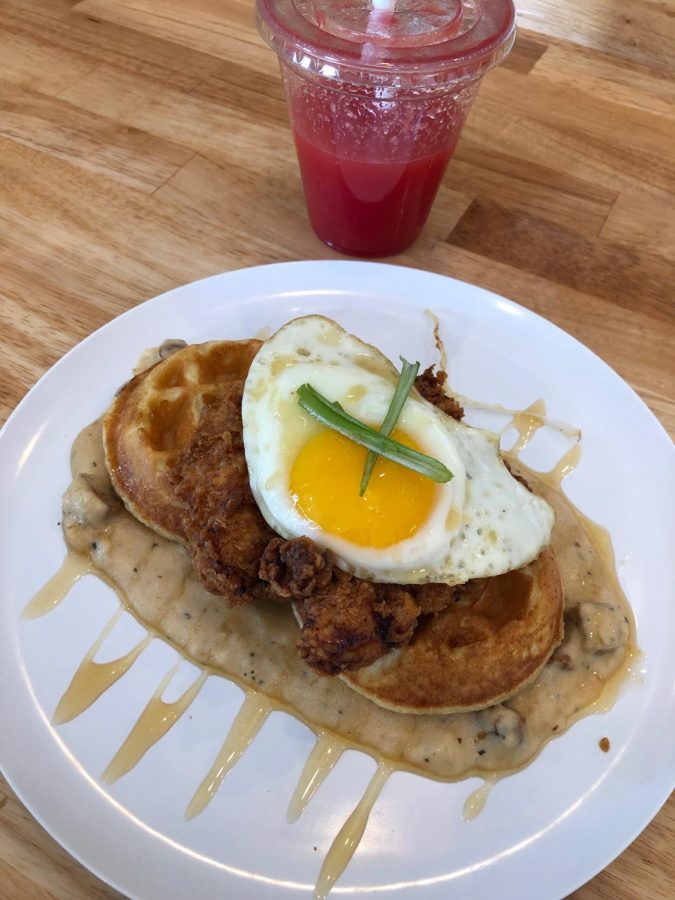


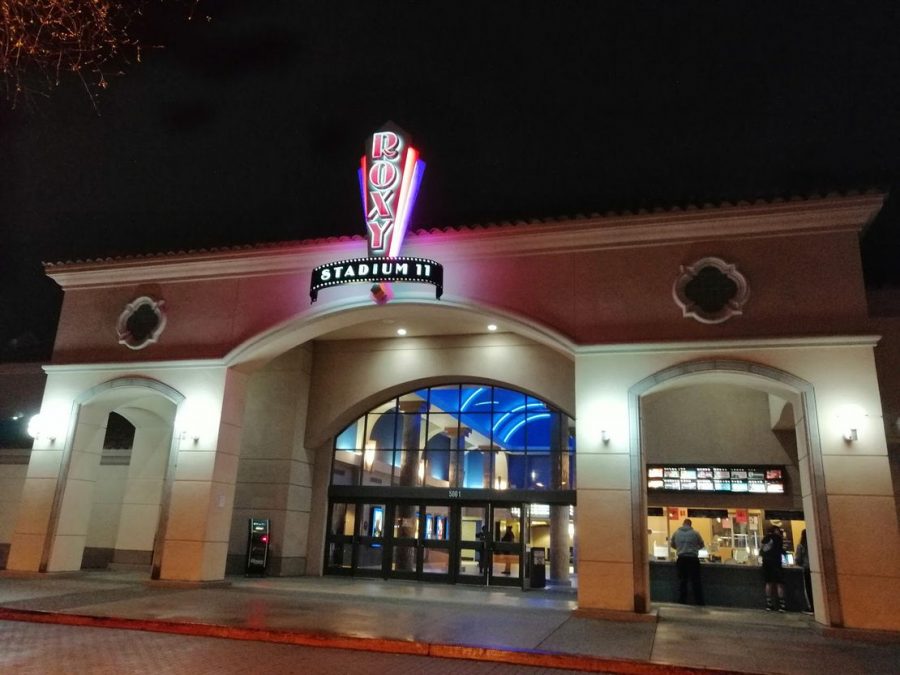







![Senior Ditch Day... Relaxation or Truancy? [Video]](https://achsstinger.com/wp-content/uploads/2017/10/IMG_7119-900x599.jpg)
![Heavy Rain Hits Cam High [video]](https://achsstinger.com/wp-content/uploads/2017/02/maxresdefault-900x506.jpg)
